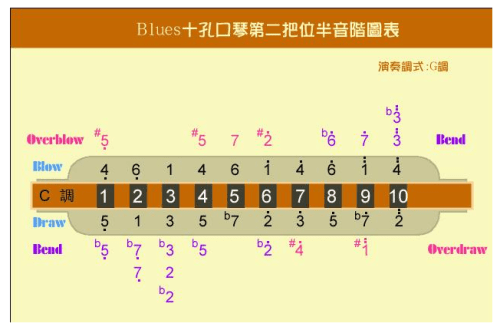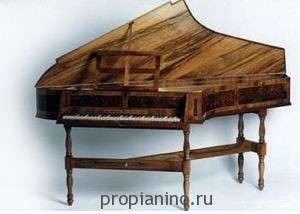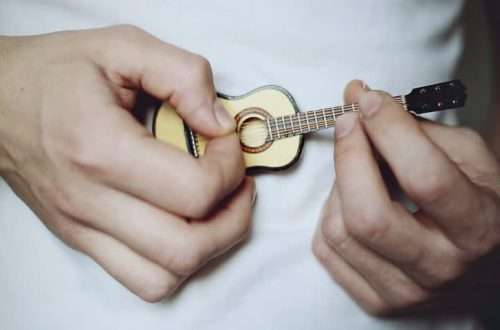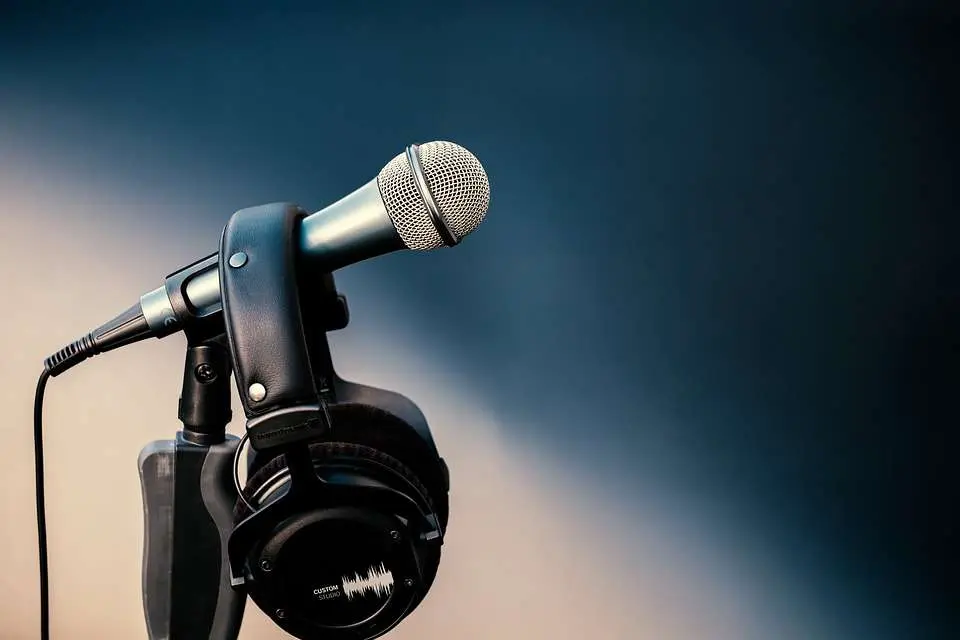
Headphone selection criteria – part 1
 Defining our needs
Defining our needs
We have hundreds of different models of headphones available on the market and when entering an audio equipment store, we may feel a bit lost. This, in turn, may lead to the fact that our choice is not entirely correct. To avoid such a situation, we must first of all specify which headphones we really need and only focus on this particular group.
Basic division and differences
First of all, it should be remembered that there are no so-called universal headphones that can be used for everything. It is at best a cheap advertising gimmick that is not really reflected in reality. There are several main groups of headphones, each with different characteristics. And so headphones can be divided into three basic groups: studio headphones, DJ headphones and audiophile headphones. The latter group is the most popular because they are used to listen to and enjoy the music that we most often play on hi-fi equipment. Of course, all headphones (except those used for renovation and construction works) are used, as the name suggests, for listening to music, but each of the individual groups of headphones is designed to convey it in a slightly different form. First of all, audiophile headphones will not be completely suitable for studio work. Regardless of their quality and price, they are none, even the most expensive ones in the studio are unnecessary. This is due to the fact that in studio work we need headphones that will give us sound in a pure, natural form. The director processing a given sound material must not have any frequency distortions, because only then will he be able to properly set the levels of the given frequencies. On the other hand, audiophile headphones are used to listen to the finished final product, i.e. music that has already gone through all the music processing and left the studio. This is due to the fact that audiophile headphones often have specific frequencies color-coded to enhance the listening experience. They have, for example, raised bass or added depth, which makes the listener even more impressed with the music they listen to. When it comes to DJ headphones, they must first of all provide the DJ with some isolation from the surroundings. The DJ behind the console is at the center of the enormous volume of sound, and it is not only about the music being played, but most of all about the buzz and noise produced by the entertaining audience.
Headphones open – closed
Headphones can also be divided due to their bandwidth and some isolation from the environment. That is why we distinguish open headphones, which do not completely isolate us from the environment, and closed headphones, which are meant to isolate us as much as possible. Open headphones breathe, so while listening to music, not only will we be able to hear sounds from the outside, but the environment will also be able to hear what comes out of our headphones. Among other things, this type of headphones is not suitable for work for a DJ, because external noises will disturb him at work. On the other hand, open headphones are recommended for people who, for example, go jogging. Running on the street or in the park, for our own safety, we should have contact with the environment.
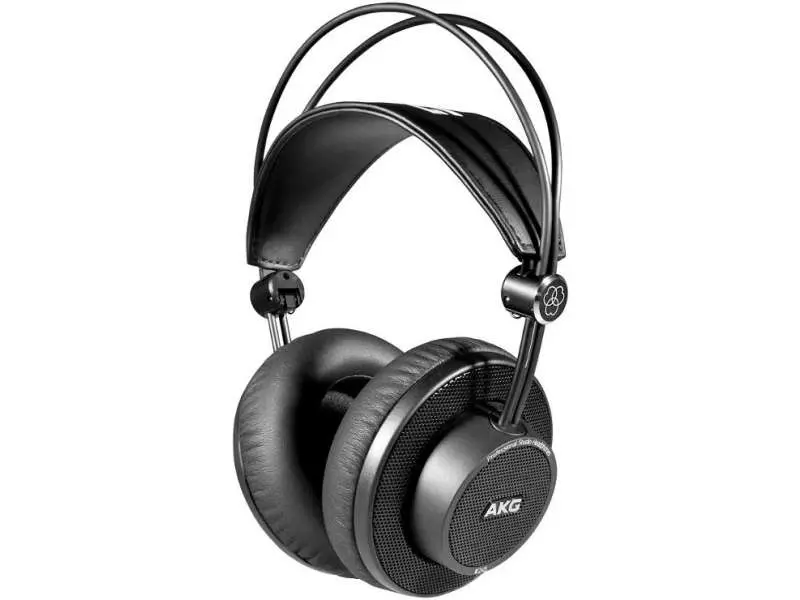 Closed headphones are recommended for all those who want to completely isolate themselves from the environment. Such headphones should be characterized by the fact that neither noises from the outside nor the surroundings should reach us what we are listening to. They are used both in studio work and are perfect for DJ work. Also music lovers who want to completely isolate themselves from the world around them and immerse themselves in music should consider such headphones. However, remember that each type of headphones has its own specific pros and cons. Closed headphones, due to their specification, are more massive, heavier and therefore, with prolonged use, they can be more tiring to use. Open headphones are not so massive, so even a few hours of use will not be so burdensome for us.
Closed headphones are recommended for all those who want to completely isolate themselves from the environment. Such headphones should be characterized by the fact that neither noises from the outside nor the surroundings should reach us what we are listening to. They are used both in studio work and are perfect for DJ work. Also music lovers who want to completely isolate themselves from the world around them and immerse themselves in music should consider such headphones. However, remember that each type of headphones has its own specific pros and cons. Closed headphones, due to their specification, are more massive, heavier and therefore, with prolonged use, they can be more tiring to use. Open headphones are not so massive, so even a few hours of use will not be so burdensome for us.
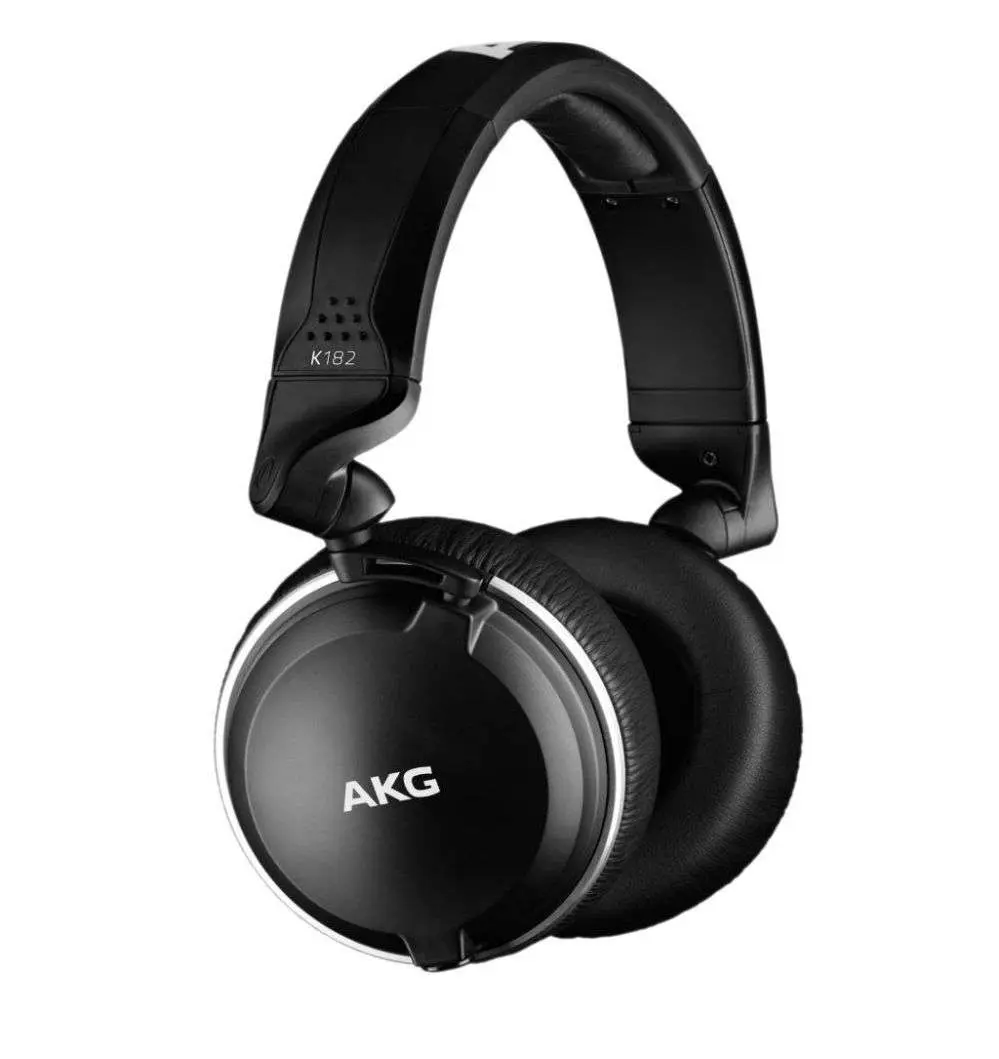
Mini headphones
We most often use this type of headphones when traveling or doing sports mentioned above. This group includes in-ear and in-ear headphones, and the difference between them is similar to the division into closed and open headphones. The in-ear headphones go deeper into the ear canal, usually have rubber inserts, which are supposed to seal our ear and isolate us from the environment as much as possible. In turn, earphones have a flattened shape and rest shallowly in the auricle, which allows you to hear what is happening around us. This type will definitely work among runners.
Summation
The presented groups of headphones are only such a very basic division that should guide us and allow us to determine our main expectations towards the headphones we buy. Of course, once we know what kind of headphones we are looking for, the quality of the transmitted sound should be another priority when choosing headphones. And this depends on the technology and quality of the transducers used. It is therefore advisable to carefully read the technical specification of a given product before making a purchase.



